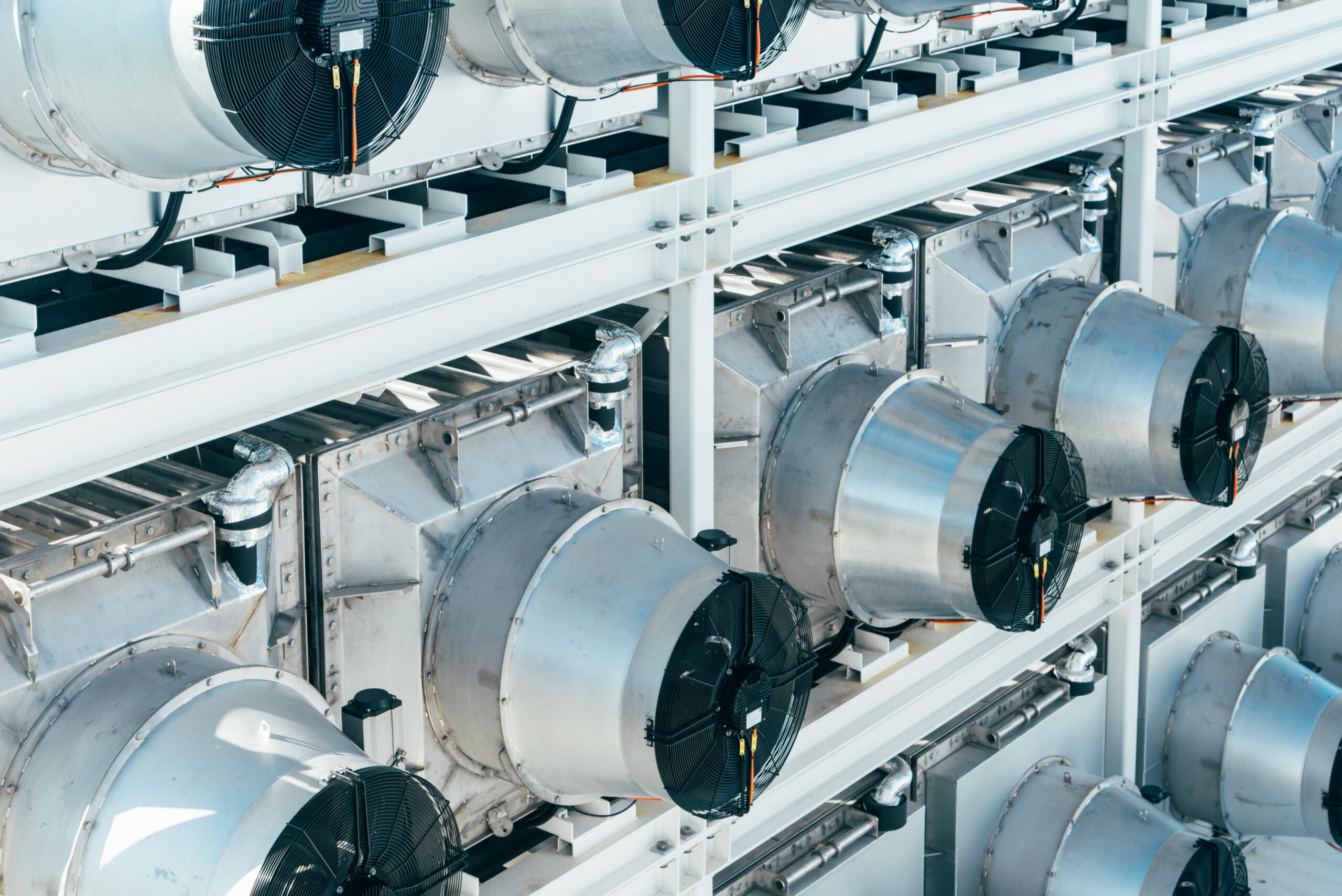In the quest to achieve global climate targets, the world is looking into climate solutions that can help to drastically reduce carbon dioxide emissions, and into solutions that permanently remove historic and unavoidable emissions from the air (carbon dioxide removal or negative emissions). One such solution is direct air capture in combination with underground storage – a permanent and safe process to remove carbon dioxide from the atmosphere.
A recently published independent life cycle assessment now provides new insights on the technology’s net environmental benefit. The assessment was carried out by the RWTH Aachen University – using data from Climeworks.
The study shows that direct air capture has a low carbon footprint when powered by low-carbon energy, such as waste heat or renewable energy. Specifically, it found that Climeworks’ plants can reach a net carbon dioxide removal efficiency of more than 90%. In other words, over its whole lifespan (including construction, operations and recycling), a typical Climeworks plant re-emits less than 10% of the carbon dioxide it captures. Future scenarios show that this can be further reduced to 4%.
Moreover, the study indicates that scaling up direct air capture to remove up to billions of tons of carbon dioxide can be viable and not limited by material or energy requirements, which in turn means the technology can significantly contribute to achieving the climate targets of the Paris Agreement.
As a result, the study offers important insights for the further development of the Climeworks technology. Since its founding in 2009, LCAs and scientific findings have always been a guiding principle in Climeworks’ technology development.
Climeworks therefore would like to express its gratitude to RWTH Aachen for conducting this study and making it publicly available. Link to the full study: https://www.nature.com/articles/s41560-020-00771-9.
